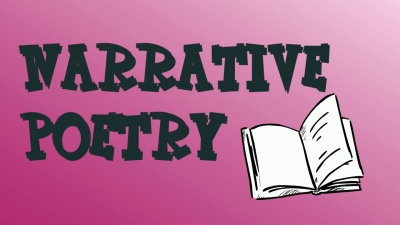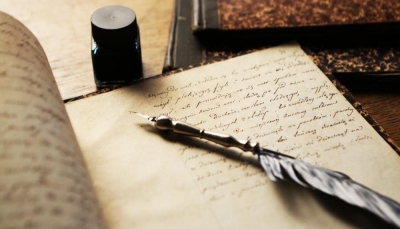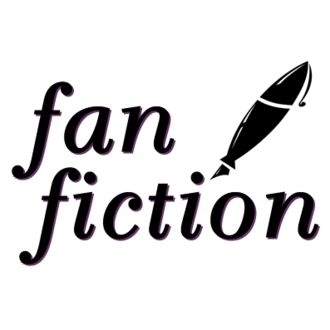What are the forms of narrative verse?

A narrative may be an entire novel or a simple short story. Some narratives are divided into interrelated groups like the Canterbury Tales. Some narratives are larger and made up of both prose and poetic interludes; an example of this type of narrative is The Cremation of Sam McGee.
Many narrative poems are performance pieces. They hold oral traditions in which poetry was used as a way of memorization. The meter, alliteration, and kennings helps bards better remember the stories which were used to tell of traditions, the happiness of life, and life's deepest troubles.
There are four types of narrative verse:
Ballad
A poem similar to a folk tale which uses a repeated refrain. This means that every few stanzas a portion of the poem is repeated, much like a song.
Epic
A long, serious poem which tells the story of a hero. Think of stories like Odyssey or Ben-Hur.
Idyll
A poem about either an idolized country scene or about the heroes of yesteryear. This could also include the story of Odyssey, except for different reasons. An idyll speaks of someone or something in a way that it should be idolized. For example, today many stories of Ghandi or Martin Luther King, Jr. could be written about in an idyll. However, an even better example could be George Washington.
Lay
A long poem which was sung by medieval minstrels. The long poems generally were about the news of the day or historical facts they wished to be passed along throughout the countryside.
Credit : Poem of Quotes
Picture Credit : Google


